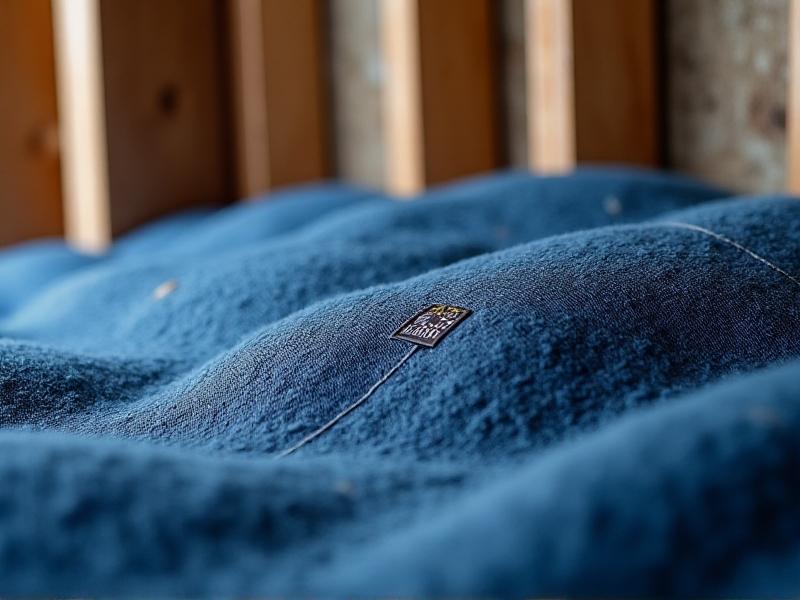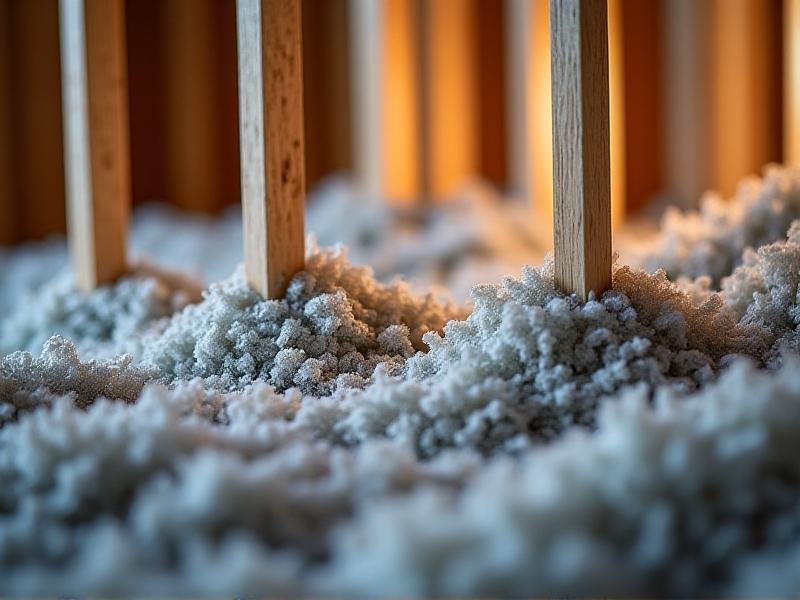Recycled Material Wall Insulation Methods
The Growing Importance of Recycled Insulation in Sustainable Construction
As the construction industry shifts toward eco-conscious practices, recycled material wall insulation has emerged as a critical solution for reducing waste and energy consumption. Traditional insulation materials, such as fiberglass and foam, often rely on resource-intensive manufacturing processes. Recycled alternatives not only divert waste from landfills but also lower carbon footprints while maintaining thermal efficiency. Homeowners and builders alike are increasingly prioritizing these methods to meet green building certifications and align with global sustainability goals.

Recycled Denim: From Old Jeans to High-Performance Insulation
Discarded denim is being repurposed into insulation batts that rival traditional fiberglass. Treated with non-toxic borate for fire and pest resistance, this material offers superior soundproofing and moisture regulation. Its soft texture makes it safer to handle than itchy fiberglass, and its R-value (thermal resistance) of approximately 3.5 per inch ensures energy efficiency. Brands like UltraTouch have popularized this method, turning millions of jeans into insulation for residential and commercial projects.

Cellulose Insulation: Giving New Life to Shredded Newspapers
Cellulose insulation, composed of 80–85% recycled paper, is a cost-effective option for retrofitting older homes. Shredded newspaper is treated with borax or ammonium sulfate to enhance fire resistance. Blown into walls or attics, it forms a dense barrier that minimizes air leaks. With an R-value of 3.1–3.8 per inch, cellulose outperforms fiberglass in airtightness and is particularly effective in irregularly shaped spaces.

Plastic Bottle Insulation: Transforming Waste into Thermal Barriers
Recycled PET plastic bottles are melted into polyester fibers or foam boards, creating durable insulation with a lower carbon footprint than virgin plastics. These materials resist moisture and mold, making them ideal for humid climates. Though their R-value (3.0–4.0 per inch) is comparable to fiberglass, plastic-based insulation lasts longer and reduces reliance on fossil-fuel-derived materials.

Cork Insulation: Harnessing Nature’s Renewable Resource
Cork, harvested from tree bark without harming the tree, is compressed into boards or granules for insulation. Its natural thermal and acoustic properties, coupled with resistance to pests and moisture, make it a premium choice. Cork’s R-value of 3.5–4.0 per inch and biodegradability position it as a favorite in green building projects.
Sheep’s Wool: A Time-Tested Recyclable Insulator
Wool from discarded garments or farming byproducts is cleaned and treated for insulation. Its natural ability to absorb moisture without losing thermal efficiency makes it ideal for variable climates. With an R-value of 3.5–4.0 per inch, wool is also fire-resistant and improves indoor air quality by absorbing pollutants.
Installation Techniques for Recycled Material Insulation
Installing recycled insulation varies by material. Denim and wool come in batts, similar to fiberglass, while cellulose requires specialized blowing equipment. Proper sealing and vapor barriers are crucial to maximize efficiency. DIY-friendly options like denim are growing in popularity, though professional installation ensures optimal performance for materials like cellulose or spray foam.
Performance Comparison: Recycled vs. Traditional Insulation
Recycled materials often match or exceed traditional options in R-value and air-sealing capabilities. For instance, cellulose provides better coverage in irregular spaces than fiberglass. However, moisture resistance and fire ratings vary by material, necessitating careful selection based on climate and building codes.
Environmental Impact: Quantifying the Benefits
Using recycled insulation can reduce a home’s carbon footprint by up to 30% compared to conventional methods. For example, producing recycled denim insulation consumes 60% less energy than fiberglass. Additionally, diverting materials like plastic bottles or newspapers mitigates landfill expansion and microplastic pollution.
Cost Analysis and Long-Term Savings
While recycled insulation can cost 10–20% more upfront, long-term energy savings and tax incentives offset initial investments. For instance, cellulose insulation pays for itself in 3–5 years through reduced heating bills. Government grants for sustainable building further enhance affordability.
Case Studies: Successful Applications of Recycled Insulation
The EcoVillage in Ithaca, NY, used cellulose and denim insulation to achieve net-zero energy usage across 30 homes. Similarly, the Bullitt Center in Seattle incorporated recycled plastic foam boards to meet rigorous Living Building Challenge standards.
Innovations and Future Trends in Recycled Insulation
Emerging materials include mycelium-based insulation grown from agricultural waste and aerogels made from recycled silica. Advances in AI-driven installation systems are also optimizing material efficiency, reducing waste during application.








